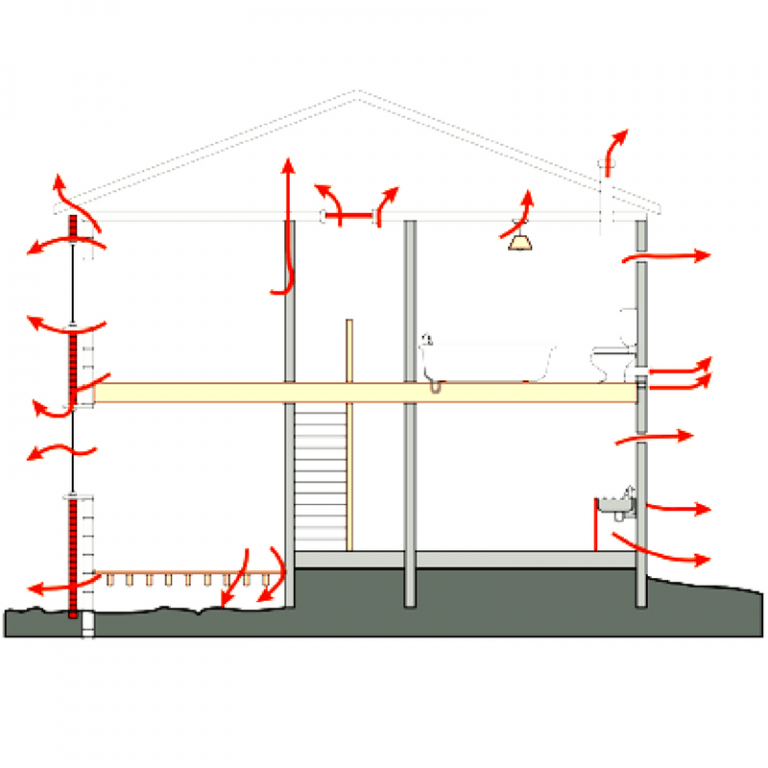How To Pass An Air Tightness Test

Passing An Air Tightness Test First Time
An Air Tightness test (also known as air leakage test, air pressure test, air permeability test) is a government regulated test. The test is to ensure buildings don’t leak or retain too much air. So, how to pass an air tightness test for your building?
Air leakages increase heat loss which can be a big issue. If air can’t move freely enough it can be dangerous for occupants due to mould, rot, damp and condensation.
We want to help our clients ensure their buildings pass this test first time. Therefore, we’ve designed a simple check list and easy guide to passing an Air Tightness Test:
- Your external walls, ground and roof are fitted & complete (including doors, windows & cladding).
- All fixtures and fittings are installed (including all lights & sockets).
- The plumbing work for the building is complete.
- Service pipes passing through external walls & ceilings are sealed.
- All your skirting boards are fitted & sealed at the top & bottom.
- If there is no skirting board (i.e. behind kitchen units, baths) expanding foam should be used to seal where plasterboard meets the floor.
- All loft hatches/storage doors into roof voids are fitted with appropriate draft excluders.
- All housing services (pipes, electric cables, stacks, etc) are boxed in and sealed.
- There is at least one standard size door in the property that is no more than 2.25m tall by 1.1m wide.
- Any integral garage doors are fitted with draft excluders.
Designed ventilation systems are excluded from this test. Our technicians will tape up all extractor fans, chimneys, MVHR units, etc to give a more reliable testing score. Overall, this will provide you with an extremely accurate score.
We're accredited by ATTMA to carry out air tightness tests for our customers.
Share
